Kurt Knispel – The Ace of Panzer Aces
Kurt Knispel is according to the books, the best tank ace with the most so-called kills, yet he is also the most forgotten Panzer Ace of them all. In this article, we will take a closer look at the actions of this forgotten yet incredible Panzer Ace. What is astonishing is that although he was the best panzer ace with according to some sources 168 tanks eliminated, he never received the Knight’s Cross of the Iron Cross.
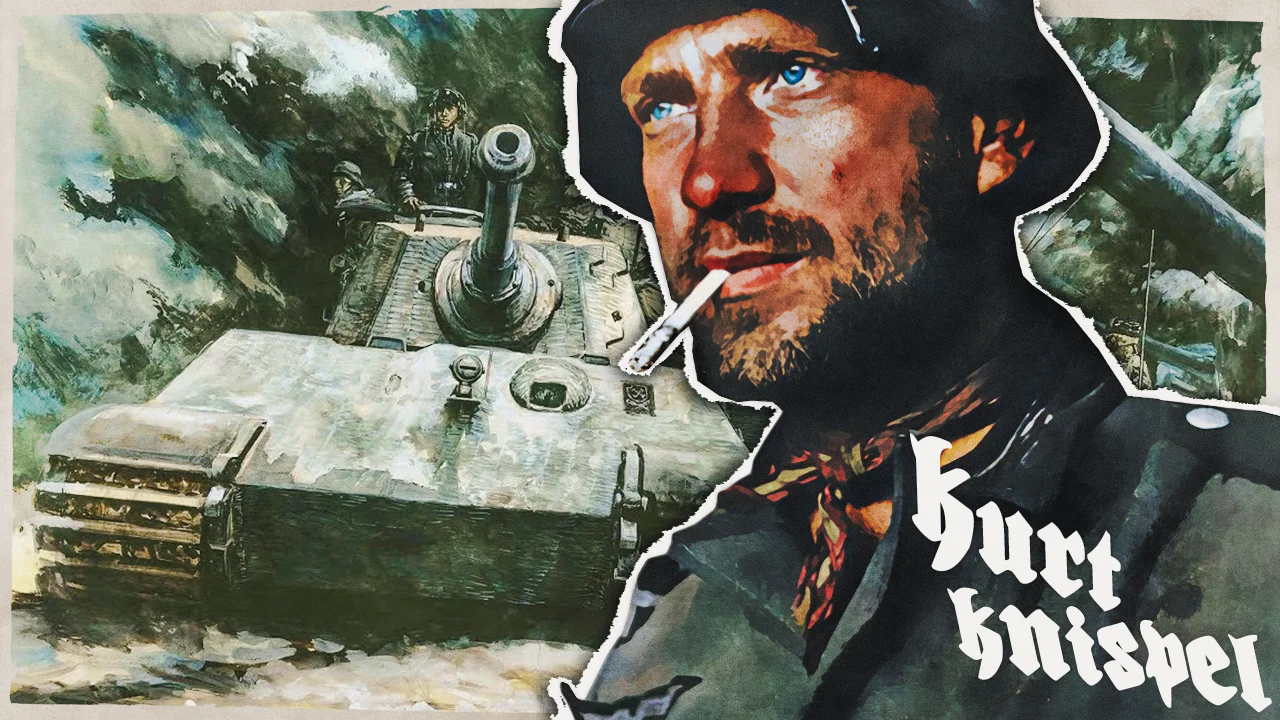
Kurt Knispel was born on the 20th of September 1921 in the small town of Salisfeld in Sudetenland. Sudetenland is now a part of the Czech Republic. Salisfeld was located very close to the border of Poland. Due to the unknown nature of Kurt Knispel, not much is known of this World War Two legend.
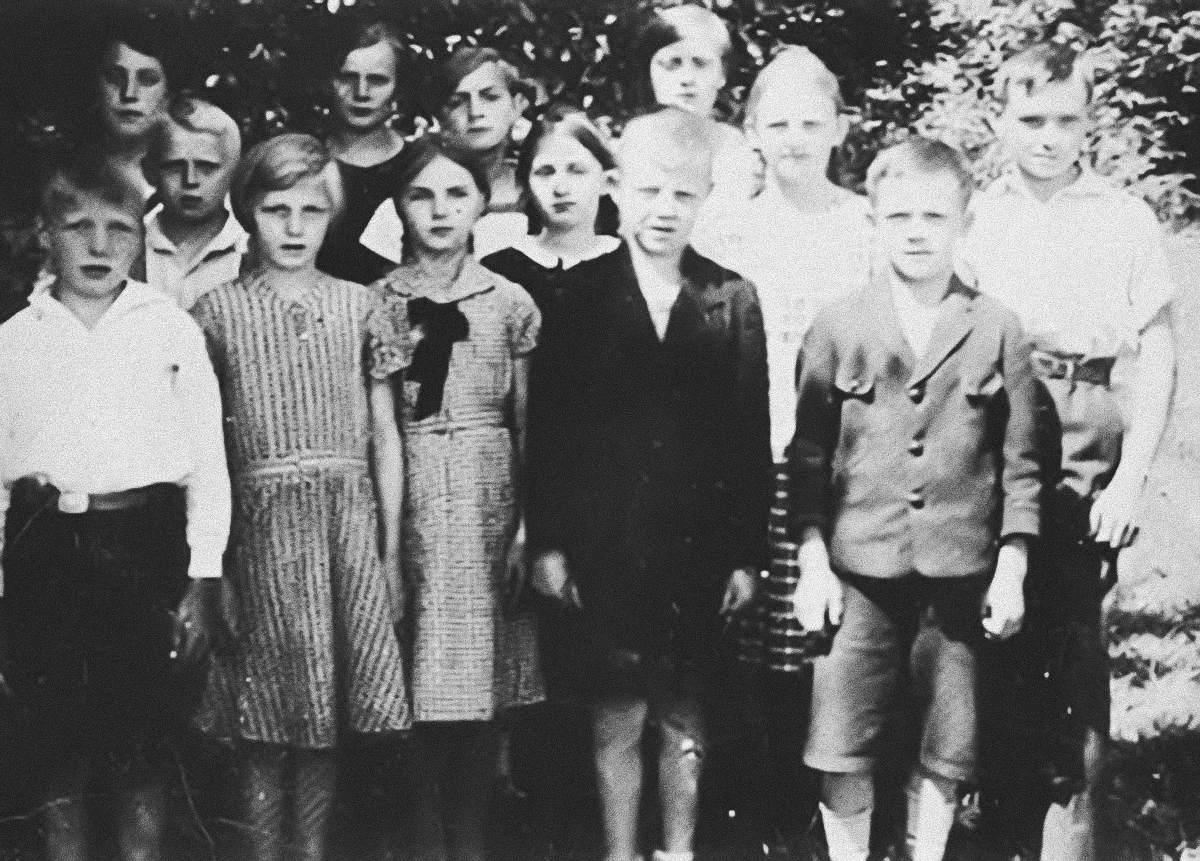
Sudetenland was occupied by Nazi Germany on October 1st, 1938. At that time Kurt was 17 years old. At a young age, Knispel began to work in the automobile industry. There he probably got his love for mechanized machines and vehicles.
In 1940, the 19-year-old Knispel joined the Heer forces, more specifically the Panzer-Ersatz und Ausbildungs-Abteilung 15. He was based in Sagan, Lower Silesia. The first months were spent doing basic training and lessons related to armoured warfare in tanks like the Panzer I, II, and IV.
Knispel was placed in the 3. Kompanie of the Panzer Regiment 29. The Panzer Regiment 29 was a part of the 12th Panzer Division. From October 1st, 1940 Kurt Knispel followed lessons as a loader and gunner in the short-barrelled Panzer IV.
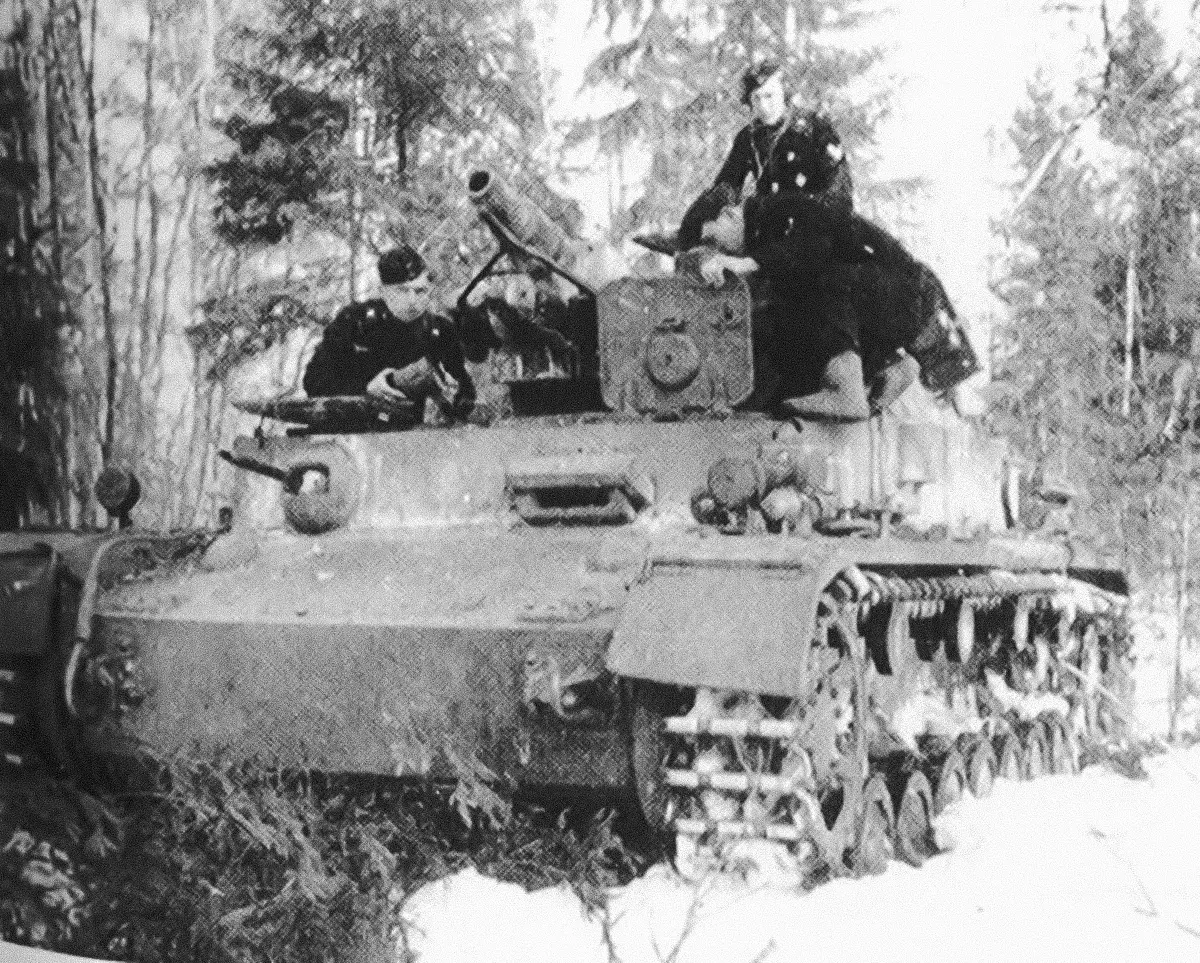
In 1941, Knispel and his unit entered the battle against Soviet Russia. The 12th Panzer Division was a part of Heeresgruppe Mitte. Knispel’s first action was during Operation Barbarossa, the German invasion of Soviet Russia. Knispel secured his first kills against regular infantry on the 22nd of June, 1941.
Several days later, the 12th Panzer Division found itself on the outskirts of Minsk, the capital of Belarus. On June 26, Knispel crossed the river Dvina. In July Knispel’s Panzer was damaged and he had to change tanks. On the 20th of July of the same year, Knispel’s division was transferred to Heeresgruppe Nord and the unit set course for Leningrad.
5 Days later, Knispel and his Panzer IV were leading the column when they were hit by a Soviet shell, the entire crew but Knispel jumped out of the hit tank. Kurt Knispel looked through his periscope until he saw the Russian T34 who had fired at his Panzer. Knispel fired upon the Soviet tank and destroyed it. The first tank knocked out on Knispel’s list.
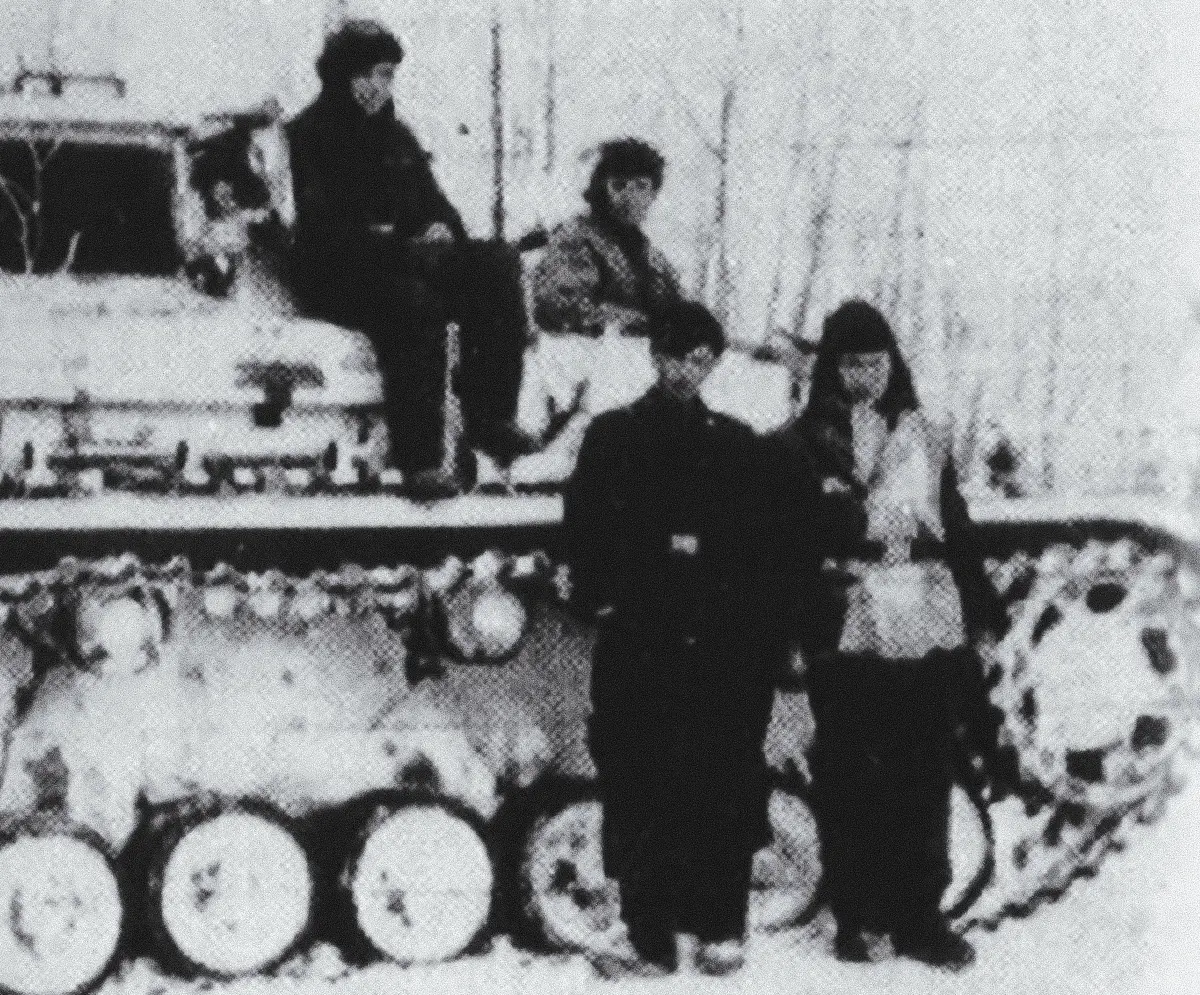
Despite all efforts of the Germans, Leningrad remained in Soviet hands. The Panzer Regiment 29 suffered dearly and the 9th company was amalgamated with Knispel’s 3rd. Knispel changed panzers and during the reformation of the regiment, Knispel met Obergefreiter Alfred Rubbel. A promising tank commander. Knispel and Rubbel would become close friends. By January 1942, Knispel would add another 7 Soviet tanks to his list together with various other vehicles like trucks and cannons.
On May 17, 1942, Kurt Knispel and his unit returned to Germany. There a brand new Panzer IV with the Long barrelled 75 mm gun was awaiting Rubbel and Knispel. During their leave, they heard that their unit would be attached to the III Abteilung, Panzer Regiment 4 of the 13th Panzer Division. The majority of the unit had already left for Ukraine on the 11th of July. But as Rubbel and Knispel had to receive their brand new tanks, they could only leave for Ukraine on the 26th.
On their way to the front, the train stopped in Krakow, Poland. When Knispel heard a Soviet prisoner scream, he immediately rushed to the scene where he saw the Russian prisoner being maltreated by an SS Guard. Knispel with a pistol in his hand intervened and his actions led to the fact that the SS guard landed on the train rails. The German military police and the army, in general, were far from pleased with what had happened and from then on, Knispel was treated very differently. He did not gain through the ranks according to his talent. He would also receive medals far slower than anybody else of his calibre.
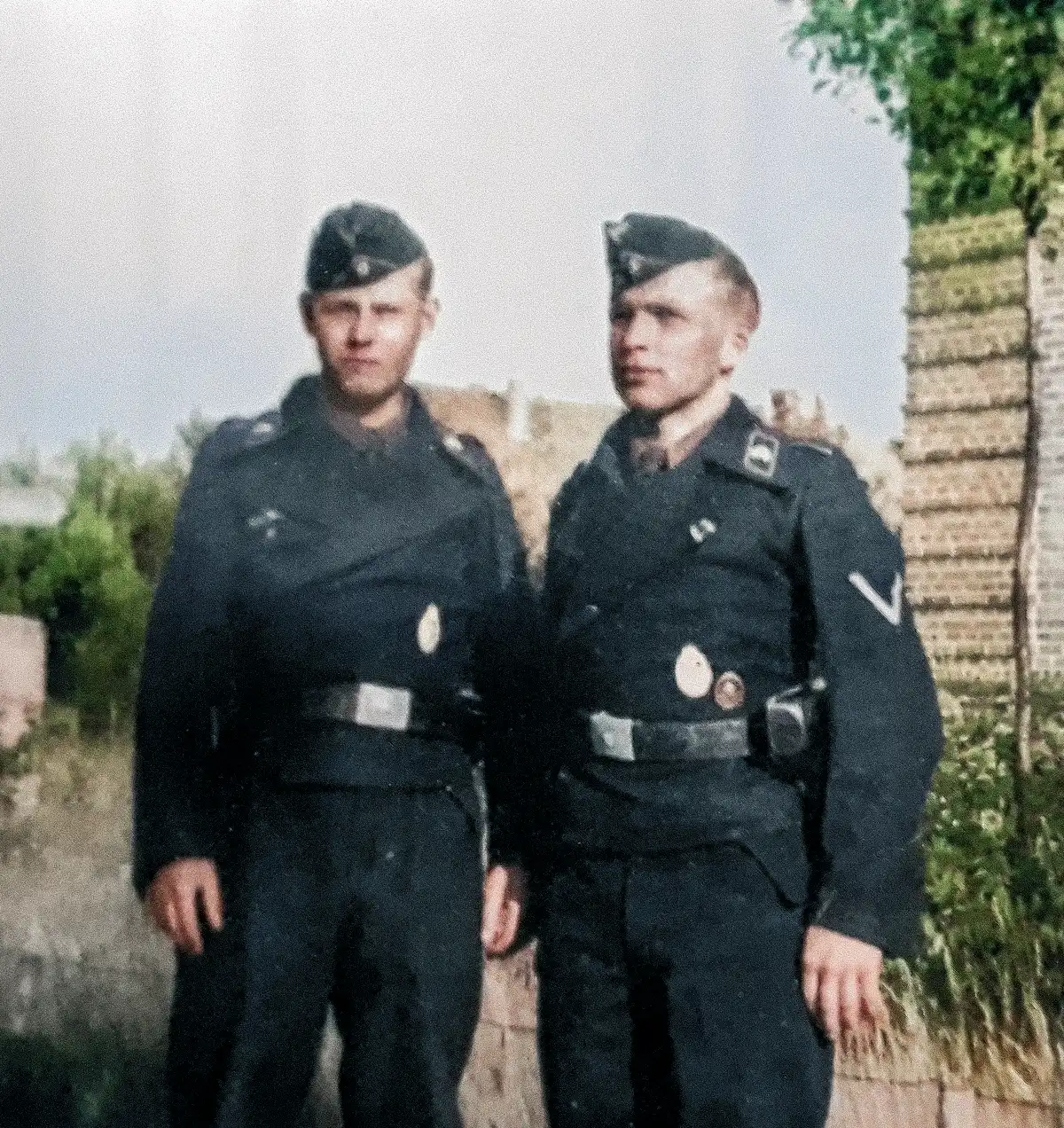
On the 4th of August, Knispel arrived in Ukraine where he joined the rest of the Panzer Regiment 4 which was already in action at the Caucasus mountains. The 13th Panzer Division would nearly become encircled in the pocket of Ordjonikidzé. The unit had to leave practically everything and force their way to the SS Wiking, who came to their rescue. During the battles of the Caucasus, Knispel in the Panzer IV F2 would add another 12 tanks on his kill list.
For his actions, Knispel was promoted to Unteroffizier and he also received the Iron Cross second class. Several men of the Regiment earned a spot to man the new Tiger I. Fortunately for Knispel, he was one of the lucky chosen ones. Knispel was granted leave during the Christmas and New Year’s Eve period, so he was able to spend a lovely time with his family.
In early 1943, Knispel learned to work with the new 88mm gun. Knispel was first in his class and he was placed in the 1. Kompanie of the Schwere Panzer Abteilung 503. In April, Knispel and his new unit set for the Ostfront where they would participate in Operation Zitadelle, also known as the Battle of Kursk. One of the biggest tank battles in history.
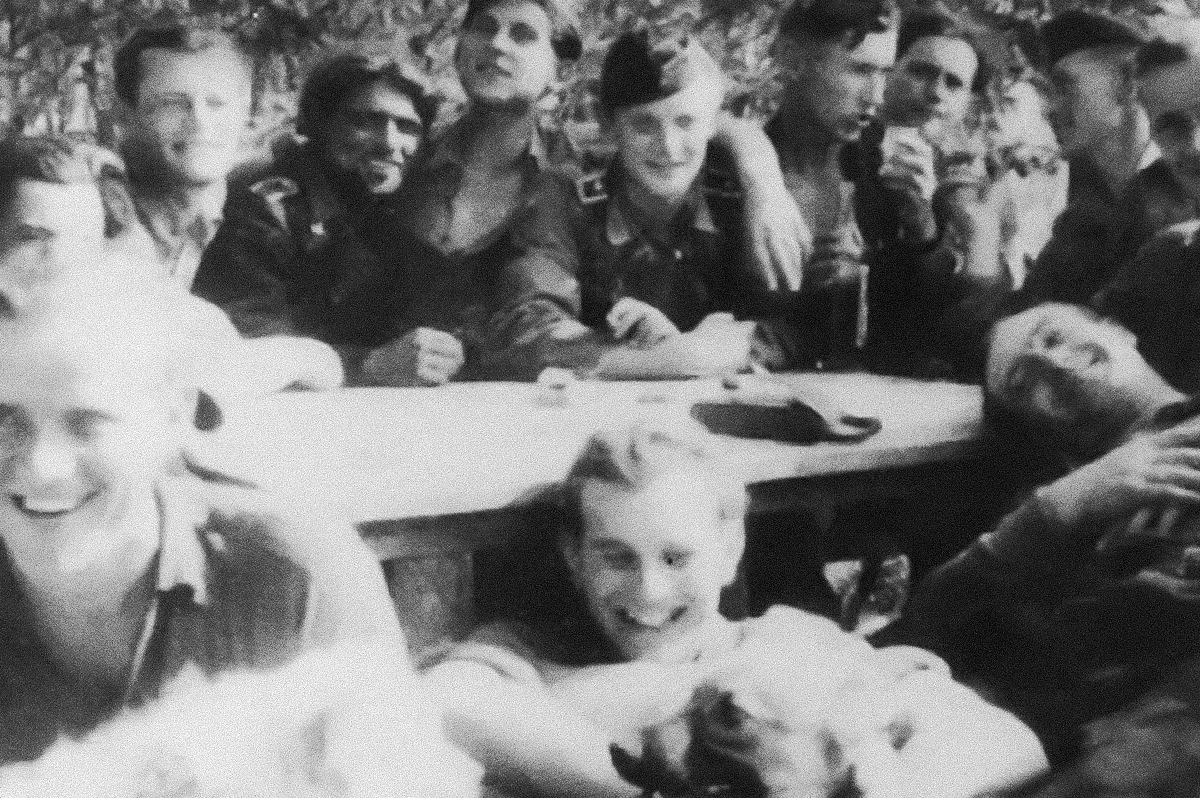
The Battle of Kursk started on the 5th of July, 1943. Kurt Knispel and the 1st company, Heavy tank battalion 503 were tasked to open the road for the 6th Panzer Division, on the right flank of the battle. On the opening day of the battle, Kurt Knispel eliminated several Anti-Tank positions.
On July 7, Kurt Knispel managed to destroy a Soviet T34 from 1500 metres in just one shot. One day later, he destroyed seven tanks from ranges up to 2000 metres. When the Zug, a platoon of Tigers bumped upon a Soviet tank column of 14 tanks, they opened fire upon the column and 11 tanks were destroyed in several minutes. During the Kursk campaign, Knispel destroyed a whopping 27 tanks. For his incredible actions at Kursk, Knispel would receive the Iron Cross First class.
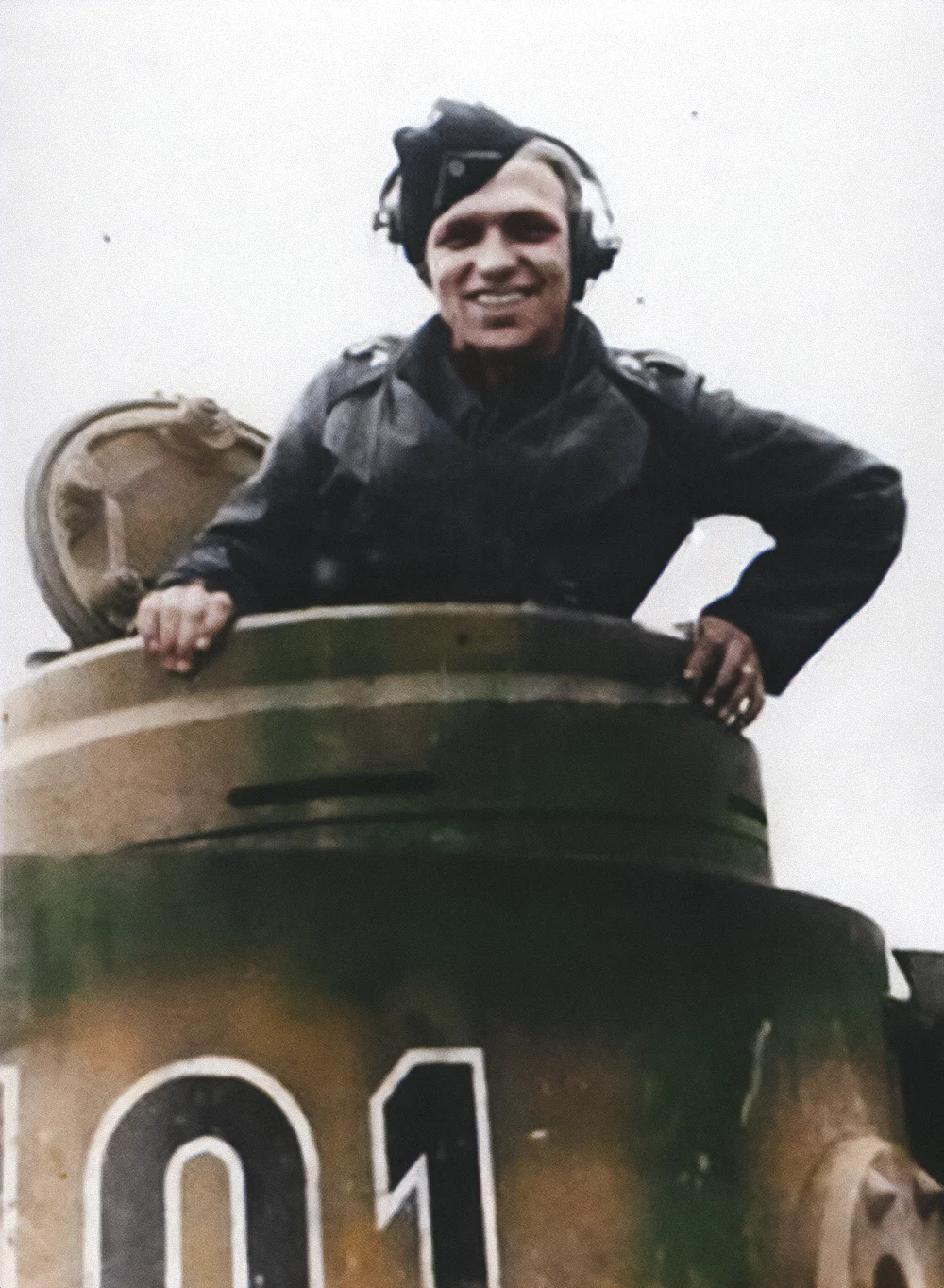
As of July 16, the Germans were on the back foot at Kursk. Knispel and the platoon were called up to help SS-Kavallerie-Brigade Fegelein from falling into Soviet hands. In doing so, Knispel managed to destroy a soviet tank from 3000 metres. These actions of helping out several German units from extinction was the 503 Heavy Tank battalion’s main purpose from July to September 1943.
In a night-time action Knispel, who was then operating as a tank commander, and Rippl a fellow tank commander were positioned around Osswetz. Knispel was hearing Soviet tanks closing in on their location. When a third Tiger joined the party, all hell broke loose. The German commanders lit up the sky and soon set two Soviet tanks ablaze. In return, the third Tiger was hit by a T34. Not soon after, 8 other T34s were set ablaze. When Knispel’s engine overheated, his battle was over.
By the end of September of 1943, Knispel had already racked up the impressive amount of 80 enemy tanks knocked out. He was just halfway through his final score of 168 tanks knocked out.
In January 1944, Knispel and the 34 Tigers of the 503rd Heavy Tank battalion were integrated in the Armoured Kampfgruppe Bäke. They were tasked to liberate the encircled men at the famous Tcherkassy pocket. The Tigers managed to put an astonishing amount of 267 tanks out of action. On the axis of Boscovka – Frankovka – Buchanka, Kurt Knispel destroyed one Soviet tank after another.
By April of the same year, Kurt Knispel’s counter was on 101 so-called kills. For his impressive amount of kills, Knispel would receive the German cross in Gold. Just before June 6, the Allied invasion in Normandy, Knispel and his unit returned to Germany where they received the brand new Tiger II, King Tiger tanks. The Schwere Panzer Abteilung 503 was sent to Normandy not soon after to deal with the oncoming Allied threat. Although Knispel racked up a crazy amount of kills on the Eastern front, Knispel only managed to destroy 2 allied tanks and several other vehicles. This is probably due to the different nature in both combat and the battlefield.
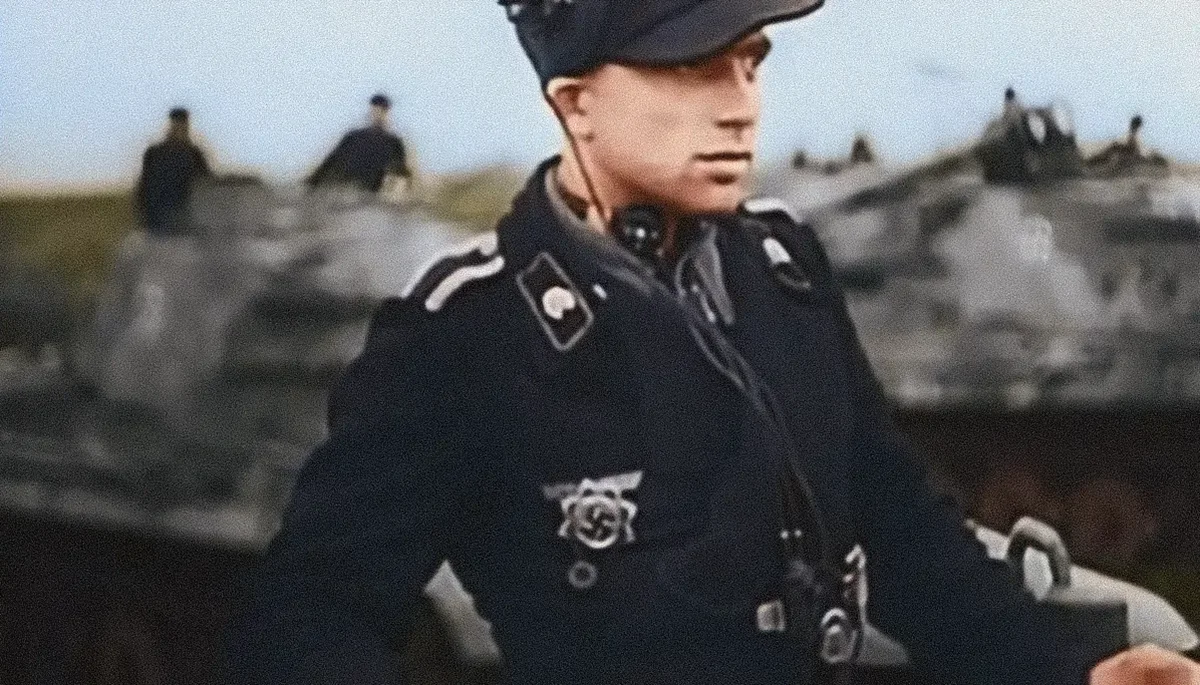
At the end of August 1944, the battalion was once again back in Germany for reformation. Kurt Knispel was granted permission to go to his hometown. Little did Knispel know that that would be the last time he would see his parents.
On October 8th, of the same year 1944, Knispel and the unit were sent towards Hungary. The unit was located near the town of Sconemedi. The unit immediately came under severe fire and Knispel’s good friend Rubbel was wounded for the 4th time in his military career. Rubbel would survive the war and live up to the age of 92.
Knispel on the other hand secured his 126th victory. Knispel’s commander, Hauptmann Dr. Dienst-Körber recommended Knispel for the Knight’s Cross of the Iron Cross. An honorary award which he would never receive. In fact, throughout the war, four different commanders recommended Knispel for the Knight’s Cross of the Iron Cross for his outstanding bravery, superb handling of the gun, and situational awareness. Yet Knispel would become the Ace of Aces without the Knight’s Cross of the Iron Cross.
The situation on the Ostfront for the Germans worsened by the day. On April 15, 1945, Knispel and the Tiger IIs of the 503 Heavy tank battalion were located north of Vienna. The unit had suffered dearly in the battles around Dubnik. By April only 8 Tigers survived.
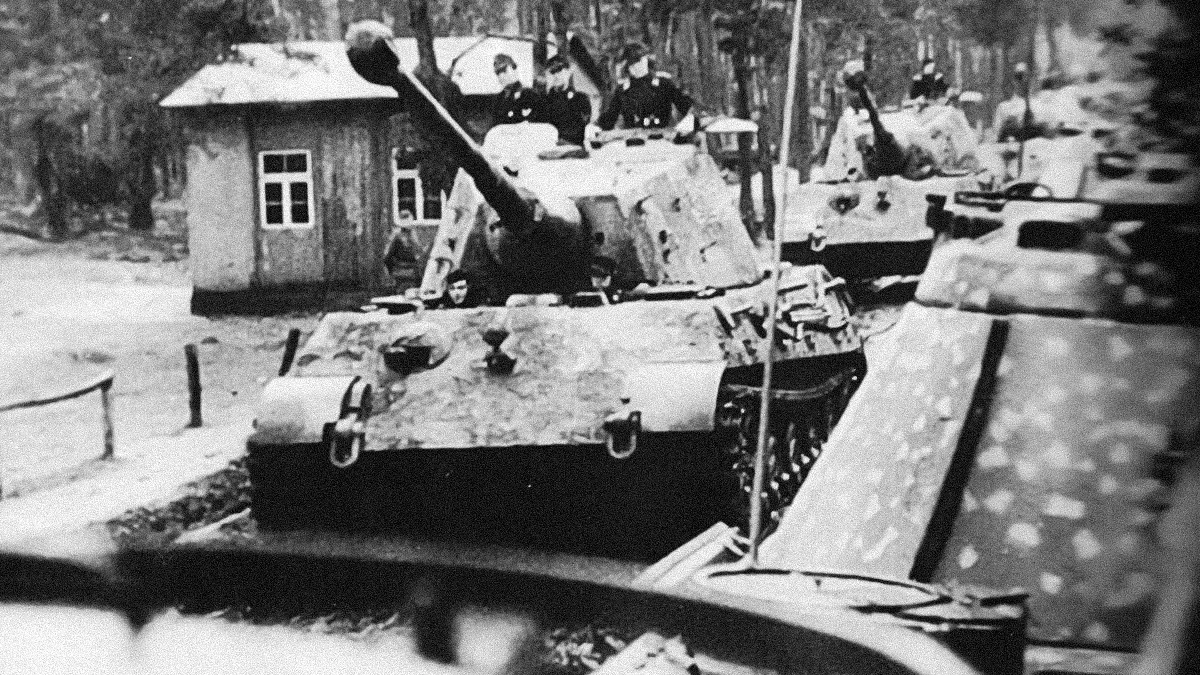
On the 19th of April of the same year, Knispel set another 3 T34/85’s ablaze and destroyed an IS-2. Two days later, Knispel destroyed another 4 tanks in the morning. During the afternoon, the Ace of Aces counterattacked and he racked up another 3 kills.
On April 26, the remnants of the 503rd were repositioned to Vlasatice, a town between Brno and Vienna. Two days later, on the 28th Knispel was promoted to Feldwebel. The day after, Kurt Knispel departed for the battle for the last time in his life.
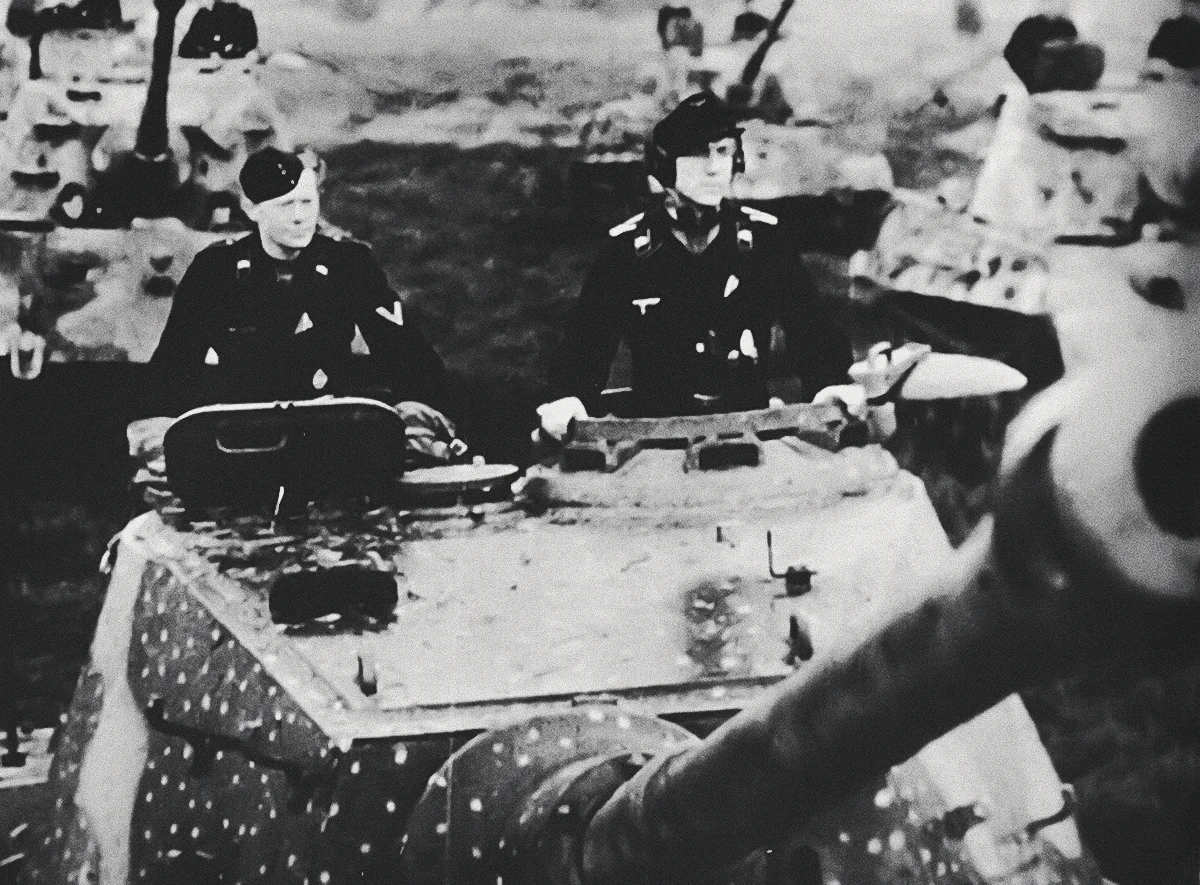
He went into battle in the area of Vrbovec. He finally secured his 168th tank kill, but at that point, he was getting overwhelmed by Soviet armour. Immobilized and encircled, his Tiger II received a finishing blow. Kurt Knispel was mortally wounded and succumbed to his wounds several minutes after the blow.
In April 2013 Czech archaeologists found the bodies of 16 German soldiers on the church grounds of Vrbovec. Kurt Knispel was identified thanks to his name tag around his neck. On November 12, 2014, the Ace of Aces found his final resting place in the German Military Cemetery of Brno.
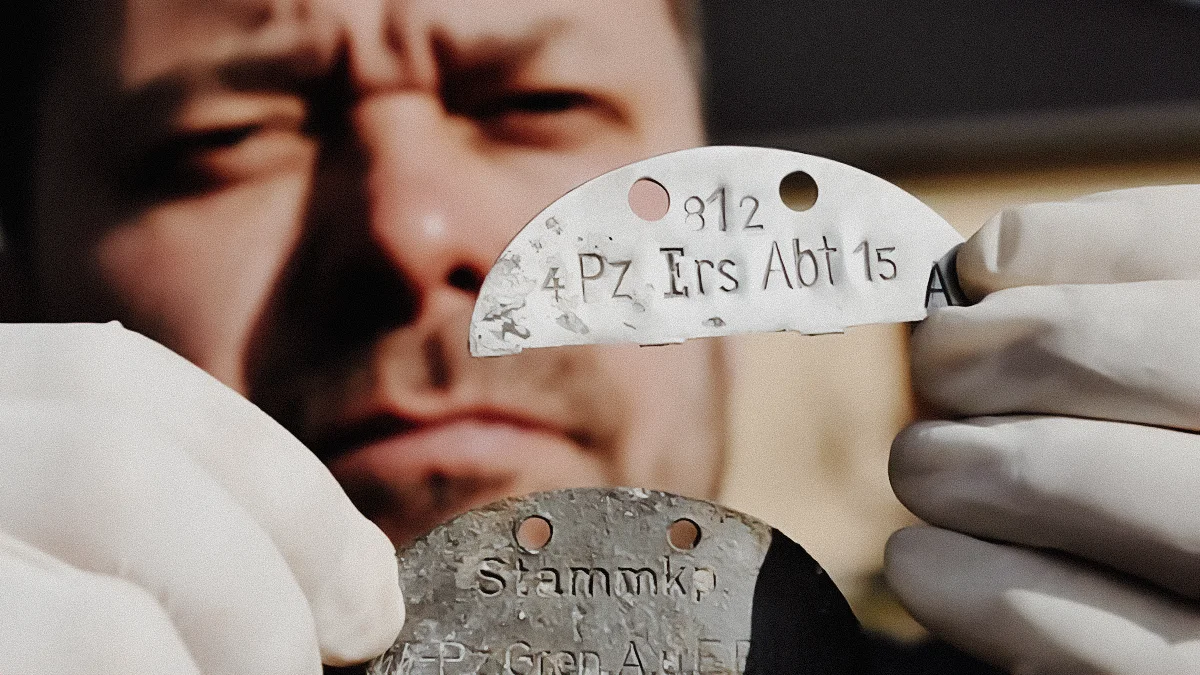
Kurt Knispel will always be remembered as the Panzer Ace of Aces. He secured 126 victories as a gunner and a further 42 as tank commander making an impressive amount of 168 enemy tanks knocked out. He never received the Knight’s Cross of the Iron Cross, probably because he had a mind of his own, he helped the Soviet prisoner at the Krakow train station and cared about the enemy. This truly was a hero.
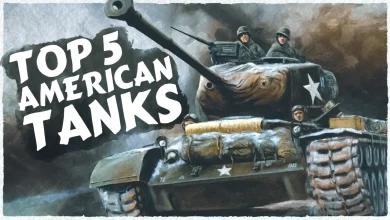
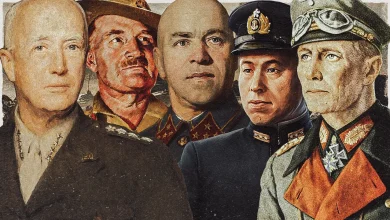
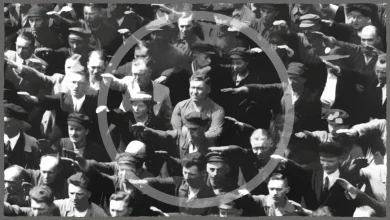
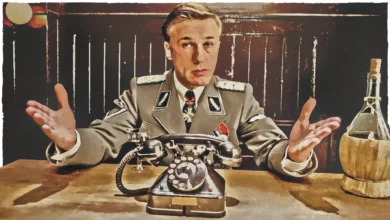
A beautiful forgotten and sad story like many others from the Axis side. I enjoyed everything, I’m using this as my presentation in college to bring this man to life even for a brief moment.